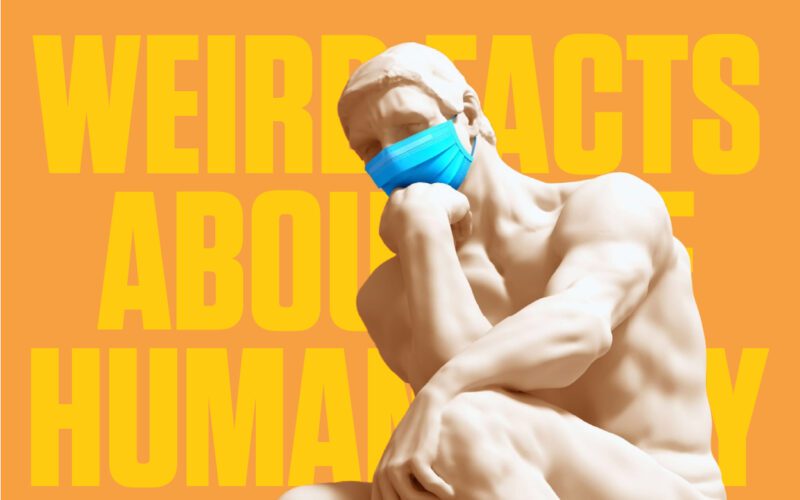Table of Contents Show
The human body is a fascinating and complex system that performs countless functions every day. From breathing to thinking, from digesting to healing, our bodies are constantly working to keep us alive and healthy. But how much do you really know about your own body? Do you know what makes it tick, what makes it unique, and what makes it weird?
In this article, we will explore some of the most weird and amazing facts about the human body that will blow your mind. You will learn about the incredible abilities, surprising features, and bizarre quirks of your anatomy. You will also discover some of the mysteries and secrets that science has yet to fully explain. Whether you are a curious learner, a trivia lover, or a biology enthusiast, you will find something interesting and informative in this article.
So get ready to be amazed by these 50 weird facts about the human body that will make you appreciate your own body more.
1. You have more than five senses
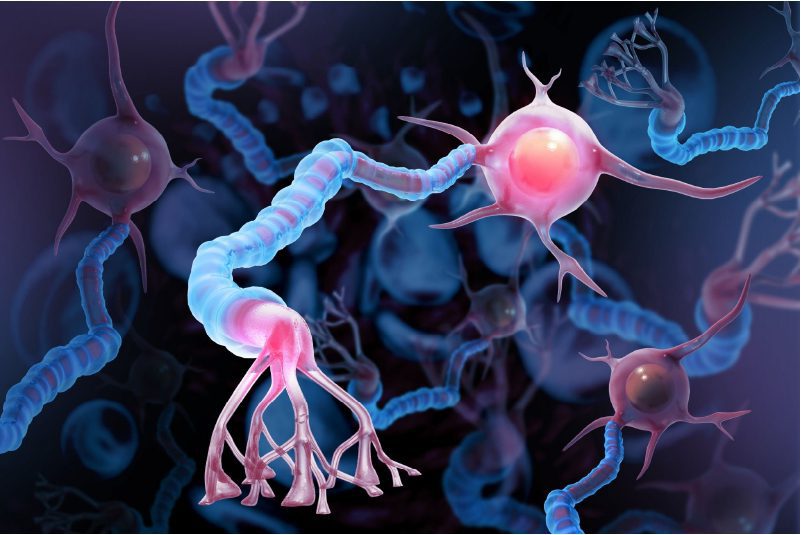

You probably learned in school that humans have five senses: sight, hearing, smell, taste, and touch. But did you know that you actually have more than five senses? In fact, some scientists estimate that humans have up to 20 senses or more. Some of these additional senses include:
- Thermoception: the sense of temperature
- Proprioception: the sense of body position and movement
- Nociception: the sense of pain
- Equilibrioception: the sense of balance
- Interoception: the sense of internal bodily states
These extra senses help you navigate your environment, regulate your bodily functions, and avoid harm. This is one of the amazing weird facts about the human body.
2. You can’t tickle yourself


Have you ever tried to tickle yourself? If you have, you probably noticed that it doesn’t work. That’s because your brain knows what you are doing and anticipates your actions. This reduces the element of surprise and lowers your sensitivity to touch. However, there is one exception: if you use a device that delays your touch by a fraction of a second, you can trick your brain into thinking that someone else is tickling you. This is because your brain can’t predict when and where the touch will occur which makes this one of the amazing weird facts about the human body.
3. Your stomach acid can dissolve metal


Another weird facts about the human body is that your stomach is a powerful organ that produces hydrochloric acid to help break down food and kill bacteria. This acid is so strong that it can dissolve metal. For example, if you swallow a razor blade, it will be dissolved by your stomach acid in about 24 hours. However, this doesn’t mean that you should try this at home. Swallowing metal objects can cause serious damage to your esophagus, stomach lining, and intestines.
4. Your eyes can distinguish between 10 million colors
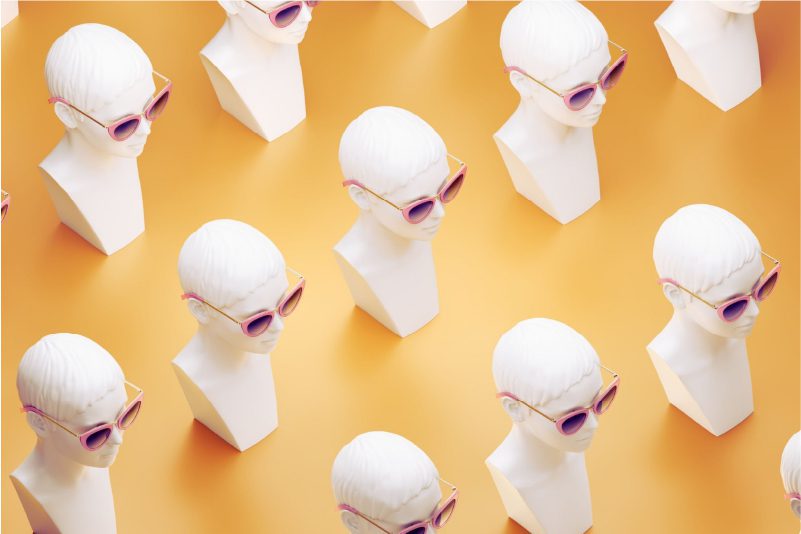

The human eye is an amazing organ that can perceive light and color. The retina, which is the light-sensitive layer at the back of the eye, contains two types of cells: rods and cones. Rods are responsible for vision in low-light conditions, while cones are responsible for color vision and detail. Humans have three types of cones: red, green, and blue. These cones can detect different wavelengths of light and send signals to the brain. The brain then combines these signals to create the perception of color.
The number of colors that humans can see depends on several factors, such as genetics, environment, and culture. However, some researchers estimate that humans can distinguish between 10 million colors or more. This is because each cone can respond to multiple wavelengths of light and create different combinations of signals. This is another one of the amazing weird facts about the human body.
5. Your nose can remember 50 thousand scents
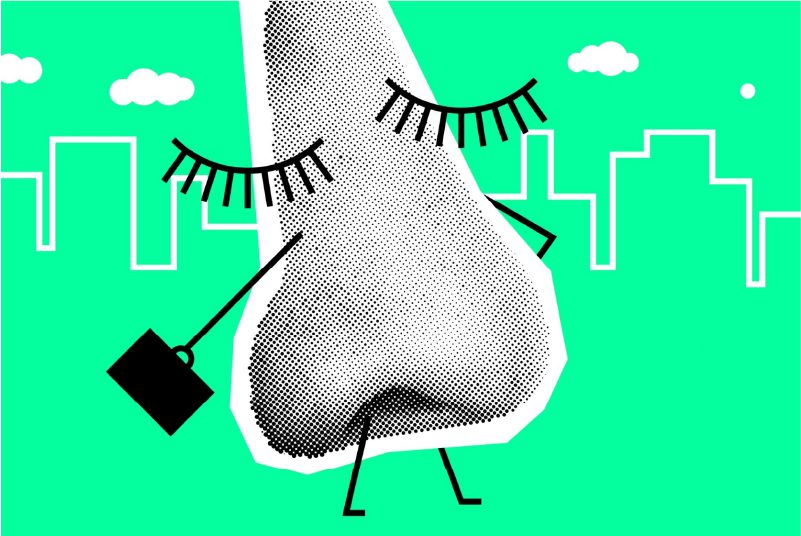

Another weird facts about the human body is your nose which can detect and identify smells. The olfactory system, which is the part of the brain that processes smell, consists of two main components: the olfactory epithelium and the olfactory bulb. The olfactory epithelium is a thin layer of tissue that lines the nasal cavity and contains millions of olfactory receptors. These receptors are specialized cells that can bind to odor molecules and send signals to the olfactory bulb. The olfactory bulb is a structure that connects to the brain and interprets the signals from the receptors.
The human nose can recognize and remember thousands of different smells. Some studies suggest that humans can remember up to 50 thousand scents or more. This is because each odor molecule has a unique shape and can activate a different combination of receptors. The brain then creates a memory of the smell based on the pattern of activation.
6. Your tongue has a unique print
You probably know that your fingerprints are unique and can be used to identify you. But did you know that your tongue has a unique print too? Your tongue is a muscular organ that is covered with tiny bumps called papillae. These papillae contain taste buds, which are clusters of cells that detect different tastes. The shape, size, and distribution of your papillae vary from person to person, creating a distinctive pattern on your tongue.
Some researchers have proposed that tongue prints can be used as a biometric identifier, similar to fingerprints or iris scans. However, there are some challenges and limitations to this method, such as the difficulty of capturing a clear image of the tongue, the variability of the tongue due to hydration, temperature, or injury, and the lack of a standardized database of tongue prints.
7. Your heart can beat outside your body
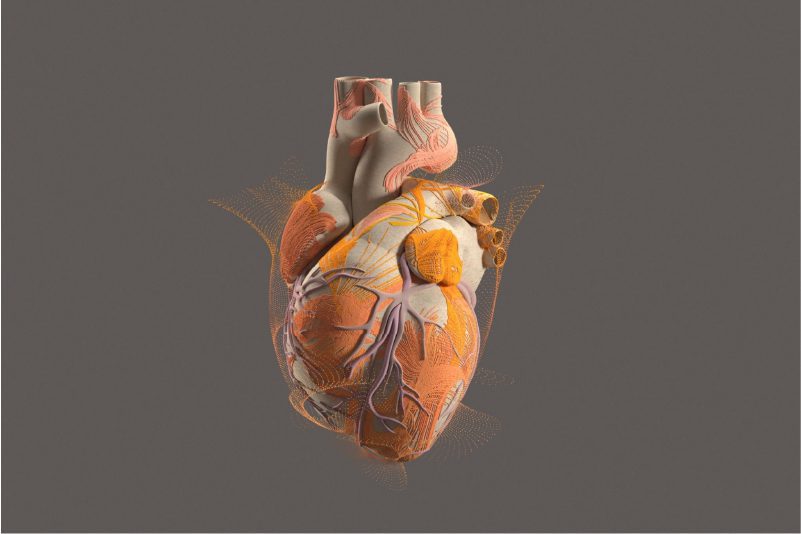

Your heart is a vital organ that pumps blood throughout your body. It is composed of four chambers: two atria and two ventricles. The atria receive blood from the veins and send it to the ventricles. The ventricles then contract and push blood into the arteries. The heart beats about 60 to 100 times per minute in an adult, depending on various factors such as age, activity level, and health condition.
Your heart is controlled by two systems: the autonomic nervous system and the cardiac conduction system. The autonomic nervous system regulates the heart rate and rhythm based on external stimuli, such as stress, emotion, or exercise. The cardiac conduction system is a network of specialized cells that generate and transmit electrical impulses within the heart muscle. These impulses cause the heart to contract in a coordinated manner.
Because of this intrinsic electrical activity, your heart can continue to beat even if it is removed from your body, as long as it has an adequate supply of oxygen. However, this does not mean that you can survive without your heart. Without your heart, your blood circulation will stop and your organs will fail.
8. Your brain can generate enough electricity to power a light bulb
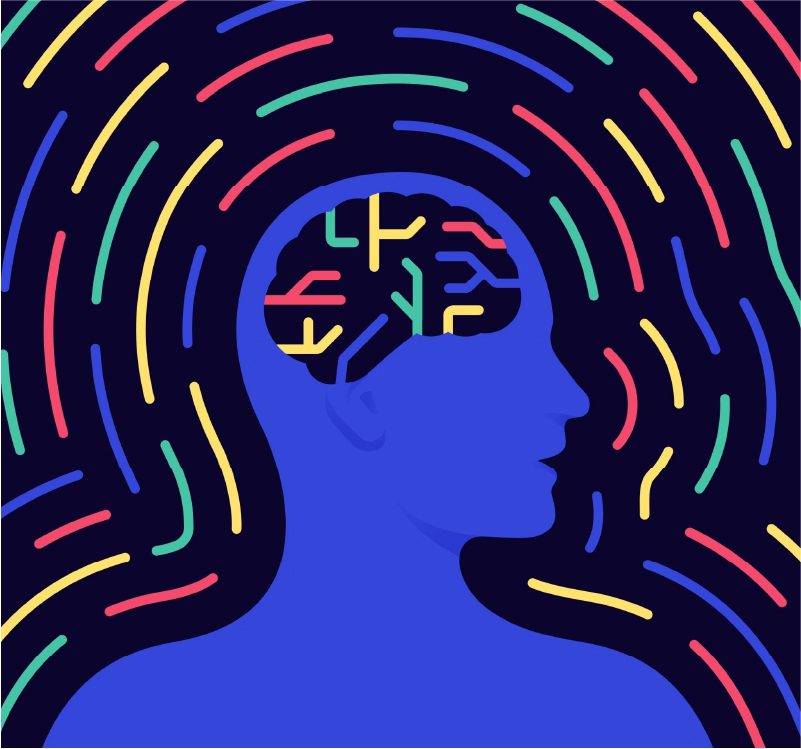

Your brain is the most complex and powerful organ in your body. It is responsible for all your thoughts, feelings, memories, actions, and sensations. It is composed of billions of neurons, which are specialized cells that communicate with each other through electrical and chemical signals. The neurons form networks and circuits that process information and coordinate functions.
The electrical activity of your brain can be measured by an electroencephalogram (EEG), which records the fluctuations of voltage across the scalp. The EEG can show different patterns of brain waves, such as alpha, beta, theta, and delta, depending on your state of consciousness, such as awake, asleep, or dreaming.
The average human brain consumes about 20% of the body’s energy, even though it only makes up about 2% of the body’s weight. This energy consumption translates into about 12 watts of power. This means that your brain can generate enough electricity to power a light bulb.
9. Your bones are stronger than steel
Your bones are the framework of your body that support your weight, protect your organs, and enable your movement. They are made up of two types of tissue: compact bone and spongy bone. Compact bone is dense and hard and forms the outer layer of most bones. Spongy bone is porous and soft and fills the inner part of some bones.
Your bones are composed mainly of collagen and calcium phosphate. Collagen is a protein that provides flexibility and strength. Calcium phosphate is a mineral that provides hardness and rigidity. Together, these components make your bones stronger than steel.
According to some calculations, one cubic inch of bone can withstand a load of 19 thousand pounds (8 thousand kilograms), which is about five times more than steel.
10. Your lungs have a surface area of a tennis court
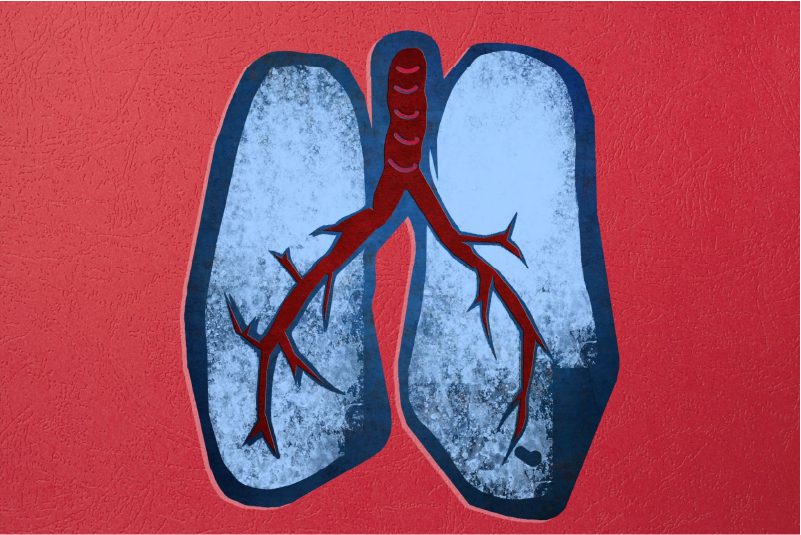

Your lungs are the organs that allow you to breathe and exchange oxygen and carbon dioxide with the blood. They are located in your chest cavity and are protected by your rib cage. They are divided into two lobes: the right lung has three lobes and the left lung has two lobes. The lungs are connected to the trachea, which is the tube that carries air from the mouth and nose to the lungs.
The lungs are composed of millions of tiny air sacs called alveoli, which are surrounded by capillaries, which are tiny blood vessels. The alveoli and capillaries form a thin membrane that allows gas exchange to occur. The oxygen from the air diffuses into the blood, while the carbon dioxide from the blood diffuses into the air.
The total surface area of the alveoli and capillaries is estimated to be about 70 square meters, which is equivalent to the size of a tennis court. This large surface area allows for efficient gas exchange and oxygen delivery to the body.
11. Your skin is home to trillions of microbes
Your skin is the largest organ of your body that covers and protects your muscles, bones, and internal organs. It also regulates your body temperature, senses touch, pain, heat, and cold, and synthesizes vitamin D. Your skin is composed of three layers: the epidermis, the dermis, and the hypodermis. The epidermis is the outermost layer that contains keratinocytes, which are cells that produce keratin, a protein that gives your skin its strength and waterproofing.
The dermis is the middle layer that contains collagen and elastin, which are proteins that give your skin its elasticity and flexibility. The hypodermis is the innermost layer that contains adipose tissue, which is fat that provides insulation and cushioning.
Your skin is also home to trillions of microbes, such as bacteria, fungi, viruses, and mites. These microbes form a complex ecosystem called the skin microbiome, which plays an important role in your health and immunity. The skin microbiome helps prevent infections, modulate inflammation, heal wounds, and maintain skin pH and moisture. The composition and diversity of your skin microbiome depend on various factors, such as genetics, age, diet, hygiene, environment, and lifestyle.
12. Your hair can grow up to 6 inches per year
Your hair is a filamentous biomaterial that grows from follicles in your skin. It is composed mainly of keratin, which is the same protein that makes up your nails and outer layer of skin. Your hair has three layers: the cuticle, the cortex, and the medulla. The cuticle is the outermost layer that consists of overlapping scales that protect the hair shaft. The cortex is the middle layer that contains pigment granules that give your hair its color. The medulla is the innermost layer that may be absent in some hairs.
Your hair grows in cycles that consist of three phases: anagen, catagen, and telogen. Anagen is the active growth phase that lasts for 2 to 7 years. Catagen is the transitional phase that lasts for 2 to 3 weeks. Telogen is the resting phase that lasts for 2 to 4 months. At any given time, about 90% of your hairs are in anagen phase and 10% are in telogen phase.
The average rate of hair growth is about 0.5 inches (1.25 centimeters) per month or 6 inches (15 centimeters) per year. However, this rate can vary depending on factors such as genetics, age, sex, health condition and nutrition.
13. Your nails grow faster on your dominant hand
Your nails are the hard and translucent plates that cover the tips of your fingers and toes. They are composed mainly of keratin, which is the same protein that makes up your hair and skin. Your nails have four parts: the nail plate, the nail bed, the cuticle, and the lunula. The nail plate is the visible part of the nail that grows out from the nail bed. The nail bed is the skin under the nail plate that contains blood vessels and nerves.
The cuticle is the thin layer of skin that covers the base of the nail plate and protects it from infection. The lunula is the crescent-shaped white area at the base of the nail plate that indicates the growth zone of the nail.
Your nails grow at an average rate of 0.1 inches (2.5 millimeters) per month or 1.2 inches (30 millimeters) per year. However, this rate can vary depending on factors such as genetics, age, sex, health condition, nutrition, season, and hand dominance. Yes, you read that right. Your nails grow faster on your dominant hand than on your non-dominant hand. This is because your dominant hand is more active and has more blood flow, which stimulates nail growth.
14. Your ears and nose never stop growing
Your ears and nose are two of the most prominent features of your face. They are also two of the few body parts that never stop growing throughout your life. This is because they are made of cartilage, which is a flexible connective tissue that can change shape and size over time. Cartilage is different from bone, which stops growing after puberty.
The reason why your ears and nose keep growing is not fully understood, but some possible explanations are:
- Gravity: The constant pull of gravity causes your cartilage to sag and stretch over time.
- Aging: As you age, your skin loses elasticity and collagen, which makes it thinner and looser. This allows your cartilage to expand and protrude more.
- Hormones: Some hormones, such as growth hormone and estrogen, may stimulate cartilage growth or prevent cartilage breakdown.
The rate of ear and nose growth varies from person to person, but some studies suggest that they grow by about 0.2 inches (0.5 centimeters) every decade after age 30.
15. Your brain can create false memories
Your memory is one of the most important functions of your brain. It allows you to store and recall information, events, and experiences that shape your identity and personality. However, your memory is not always accurate or reliable. Sometimes, your brain can create false memories, which are memories that do not reflect reality or are distorted by various factors.
False memories can occur for several reasons, such as:
- Suggestion: You can be influenced by external sources, such as other people’s words, images, or media, to form or modify a memory that is not true or accurate.
- Imagination: You can create a memory based on your imagination or fantasy, especially if you have a vivid or creative mind.
- Confabulation: You can fill in the gaps or details of a memory that you do not remember well or at all with information that you think is plausible or consistent with your beliefs.
- Misattribution: You can attribute a memory to the wrong source, time, place, or person, either by mistake or by intention.
16. Your saliva can fill two swimming pools
Your saliva is the watery and slightly sticky fluid that is produced by your salivary glands in your mouth. It has several functions, such as:
- Moistening and lubricating your mouth, tongue, teeth, and food
- Helping you chew, swallow, and taste food
- Digesting starch and fat with enzymes
- Protecting your teeth and gums from bacteria and acid
- Neutralizing bad breath and toxins
Your salivary glands produce about 1.5 liters of saliva per day, which is equivalent to about 0.4 gallons. This means that in a year, you produce about 547.5 liters of saliva, which is equivalent to about 144.5 gallons. And in a lifetime, you produce about 40 thousand liters of saliva, which is equivalent to about 10.6 thousand gallons.
To put this into perspective, an average Olympic-sized swimming pool has a volume of about 2.5 million liters, which is equivalent to about 660 thousand gallons. This means that your saliva can fill about two swimming pools in your lifetime.
17. Your brain can survive for 4 to 6 minutes without oxygen
Your brain is the most oxygen-dependent organ in your body. It consumes about 20% of the oxygen that you breathe, even though it only makes up about 2% of your body weight. Oxygen is essential for your brain cells to function properly and produce energy.
However, if you stop breathing or your blood flow is interrupted, your brain will start to suffer from hypoxia, which is a condition where the brain does not receive enough oxygen. Hypoxia can cause various symptoms, such as confusion, dizziness, headache, nausea, and loss of consciousness.
If hypoxia persists for more than a few minutes, your brain will start to experience irreversible damage and cell death. This can lead to brain injury or death. The exact time that your brain can survive without oxygen depends on several factors, such as your age, health condition, body temperature, and the extent of the oxygen deprivation. However, some studies suggest that the average time that your brain can survive without oxygen is about 4 to 6 minutes.
18. Your liver can regenerate itself
Your liver is the largest internal organ in your body that performs over 500 functions, such as:
- Filtering and detoxifying your blood
- Producing bile to help digest fat
- Storing and releasing glucose for energy
- Synthesizing proteins and hormones
- Metabolizing drugs and alcohol
- Regulating blood clotting and immune response
Your liver is also one of the few organs that can regenerate itself. This means that if part of your liver is damaged or removed, it can grow back to its original size and function. This remarkable ability is due to the fact that your liver cells, called hepatocytes, can divide and multiply rapidly when needed.
However, this does not mean that your liver is invincible. Your liver can only regenerate itself if it has enough healthy cells and blood supply. If your liver is severely damaged by diseases or injuries, such as cirrhosis or hepatitis, it may lose its regenerative capacity and fail.
19. Your appendix may have a function
Your appendix is a small pouch-like organ that is attached to the beginning of your large intestine. It is located in the lower right quadrant of your abdomen. It is often considered a vestigial organ, which means that it has no apparent function or purpose in the human body.
However, some recent studies suggest that your appendix may have a function after all. Some possible functions are:
- Serving as a reservoir for beneficial bacteria that help maintain the balance of your gut microbiome
- Producing immune cells that help fight infections and inflammation
- Participating in the development of the fetal immune system
However, these functions are not essential for survival and may vary from person to person. Therefore, you can live without your appendix if it becomes inflamed or infected and needs to be removed by surgery.
20. Your feet can produce a pint of sweat per day
Your feet are the parts of your body that support your weight and enable you to walk, run, jump, and balance. They are composed of 26 bones, 33 joints, and more than 100 muscles, tendons, and ligaments each. They also contain about 250 thousand sweat glands each.
Your sweat glands are responsible for producing sweat, which is a clear fluid that consists mainly of water and salt. Sweat helps regulate your body temperature by evaporating from your skin and cooling you down. Sweat also helps remove toxins and waste products from your body.
Your feet can produce up to half a liter (or a pint) of sweat per day each. This amount can vary depending on factors such as your age, health condition, body temperature, and nutrition.
Conclusion on Weird Facts About The Human Body
The human body is a wonder of nature that is full of surprises and secrets. In this article, we have explored some of the most weird and amazing facts about the human body that will blow your mind. We have learned about the incredible abilities, surprising features, and bizarre quirks of our anatomy. We have also discovered some of the mysteries and secrets that science has yet to fully explain.
We hope that you have enjoyed reading this article and that you have gained some new insights and appreciation for your own body. Remember, your body is a unique and remarkable system that deserves your care and respect. So treat it well, nourish it, exercise it, and love it.
FAQs on Weird Facts About The Human Body
What is the largest organ in the human body?
The largest organ in the human body is the skin, which covers and protects your muscles, bones, and internal organs. It also regulates your body temperature, senses touch, pain, heat, and cold, and synthesizes vitamin D. Your skin has an average surface area of about 20 square feet (1.8 square meters) and an average weight of about 8 pounds (3.6 kilograms).
What is the smallest bone in the human body?
The smallest bone in the human body is the stapes, which is one of the three bones in the middle ear. It is shaped like a stirrup and measures about 0.1 inches (2.5 millimeters) long. It helps transmit sound vibrations from the eardrum to the inner ear.
What is the strongest muscle in the human body?
The strongest muscle in the human body is the masseter, which is the muscle that moves your jaw. It can exert a force of up to 200 pounds (90 kilograms) per square inch on your molars. However, this does not mean that you can bite through anything. Your teeth can only withstand a pressure of up to 160 pounds (72 kilograms) per square inch before they break.
What is the most sensitive part of the human body?
The most sensitive part of the human body is the fingertip, which contains about 100 nerve endings per square millimeter. This makes it very responsive to touch, temperature, pressure, and pain. The fingertip also has a high density of sweat glands, which help improve grip and friction.
What is the most common blood type in the world?
The most common blood type in the world is O positive, which is present in about 38% of the global population. O positive blood can be donated to anyone with a positive blood type, making it a universal donor. However, O positive blood can only receive blood from O positive or O negative donors.
